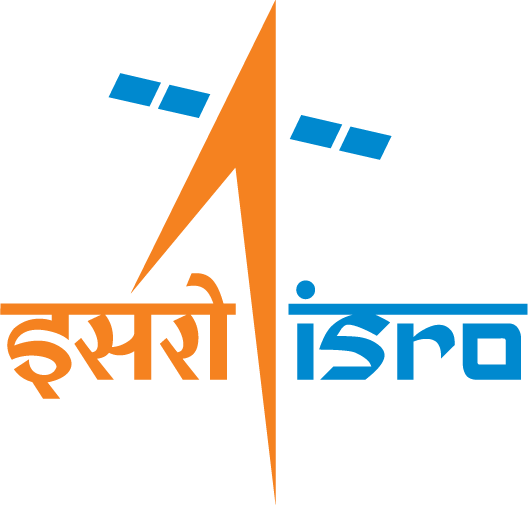Submarine ground water discharge (SGD) is a hydrological process of coastal areas in which submarine inflow of fresh and brackish groundwater takes place from land to sea. SGD mainly occurs due to freshwater release from land to sea as base flow as well as overflow through the unconfined aquifer medium. Ground water seeping can occur in the form of submarine springs as well as seepage. Submarine springs has been known since long but knowledge of this “invisible pathways” in terms of its locations, quantification of its flows and processes are still limited. Apart from various ground-based techniques, thermal remote sensing provide valuable information in this field. Change in temperature of seawater due to SGD forms the basic principle of its detection from remote sensing

Figure 1: Thermal Infrared brightness image of 14 Dec. 2023 of coastal region near Okha, Gujarat, India draped over FCC image of Landsat-9 satellite shows localized low temperature (bluish colour) region in western side of Okha Coast.
Density of water is known to increase with salinity and decrease with temperature. Groundwater being less dense than seawater results in buoyant water plume and creates thermal contrast in the inflowing SGD and ocean surface. Observations of Seasonal behaviour of ocean surface being more stable compared to land surface temperature and inland water helps in the discrimination of SGD sites near the coastal region. Generally, it is found that locations in the ocean associated with SGD are cooler than other ocean regions during winter.
Optical and thermal infrared band data of Landsat-9 satellite of winter season (14 Dec. 2023 ) near Okha, Gujarat, India was used for the analysis. The Landsat series is operational satellite system, which has thermal sensing at high spatial resolution (100 m). The localized cooling of coastal water associated with submarine ground water discharge was observed near Okha coast.
Okha region of Gujarat has many geo-hydrological features such as availability of sufficient rainfall, limestone rocks and less drainage density which are favourable for SGD process. Geomorphologically the study region is associated with flat coastal plains with exposure of coral bioherm and shell limestone (bioclastic) of the Chaya formation (Pleistocene). Underground water flows along the pores–spaces, cracks, fissures, shears, faults and cavities in the rocks. Porosity and permeability of the rocks is responsible for availability of groundwater in the region apart from precipitation and slope/drainage characteristics. Overexploitation of groundwater also results in salinity ingression in the coastal regions.
Landsat-9 data visualization and the story of the article is contributed by Dr. Raghavendra Pratap Singh, Indian Institute of Remote Sensing, ISRO, Dehradun, India.
References
- Singh, R.P. et al. (2020), Identification of Submarine Groundwater Discharge using Thermal Infrared Observations in Arabian Ocean near Okha Coast, Gujarat. India. Current Science, 119(9), 1558-1564.
- Selvam, S. et al., (2020), Quantification of submarine groundwater discharge (SGD) using radon, radium tracers and nutrient inputs in Punnakayal, south coast of India. Geosci. Front., 2020; https:// doi.org/10.1016/j.gsf.2020.06.012.



